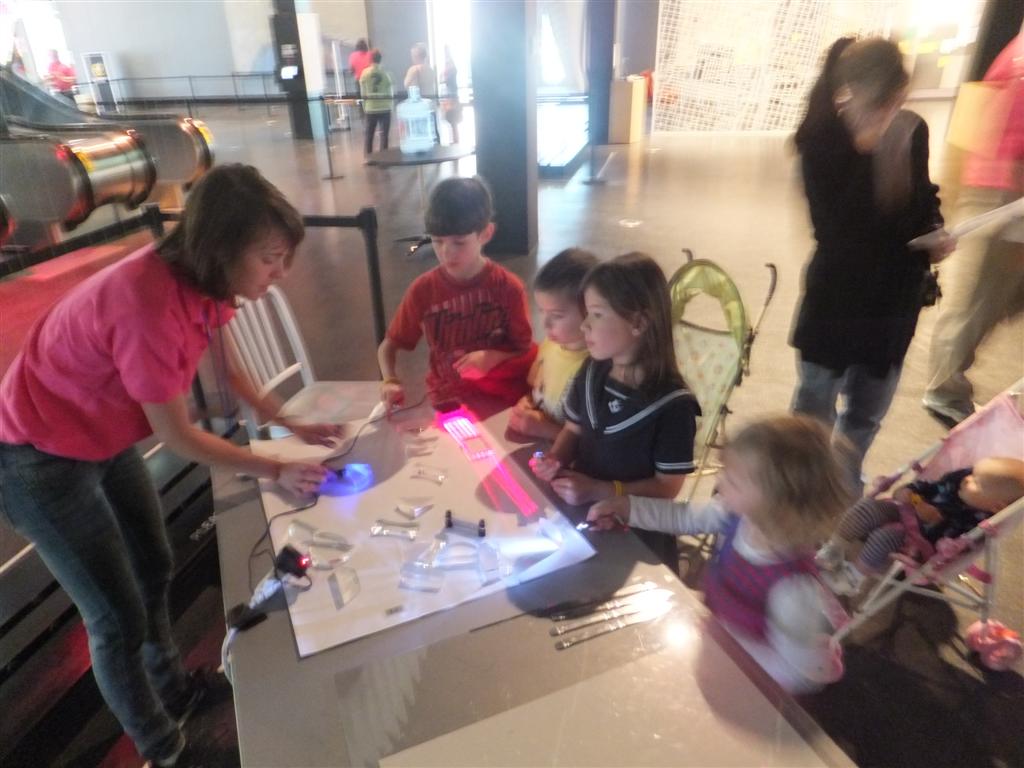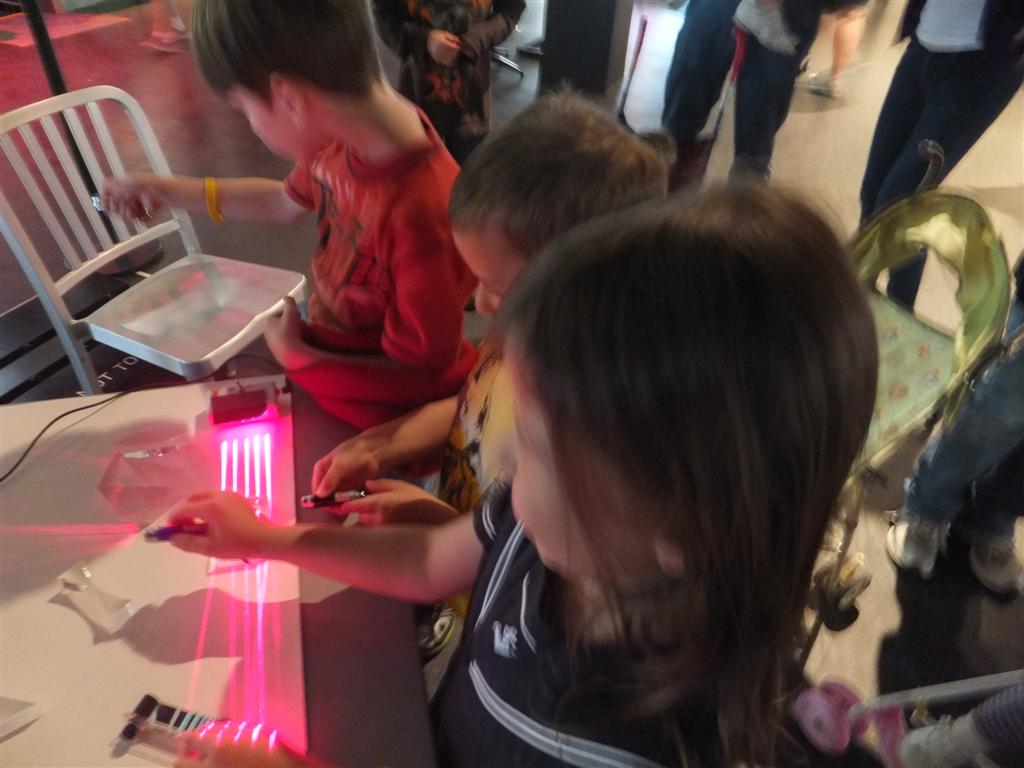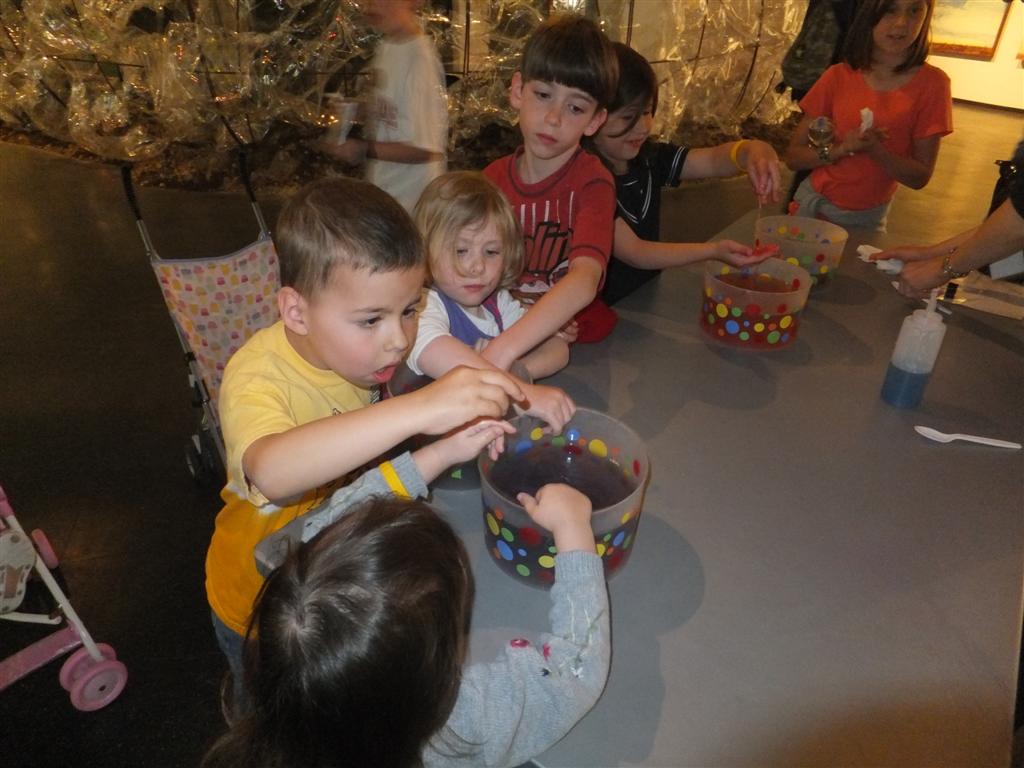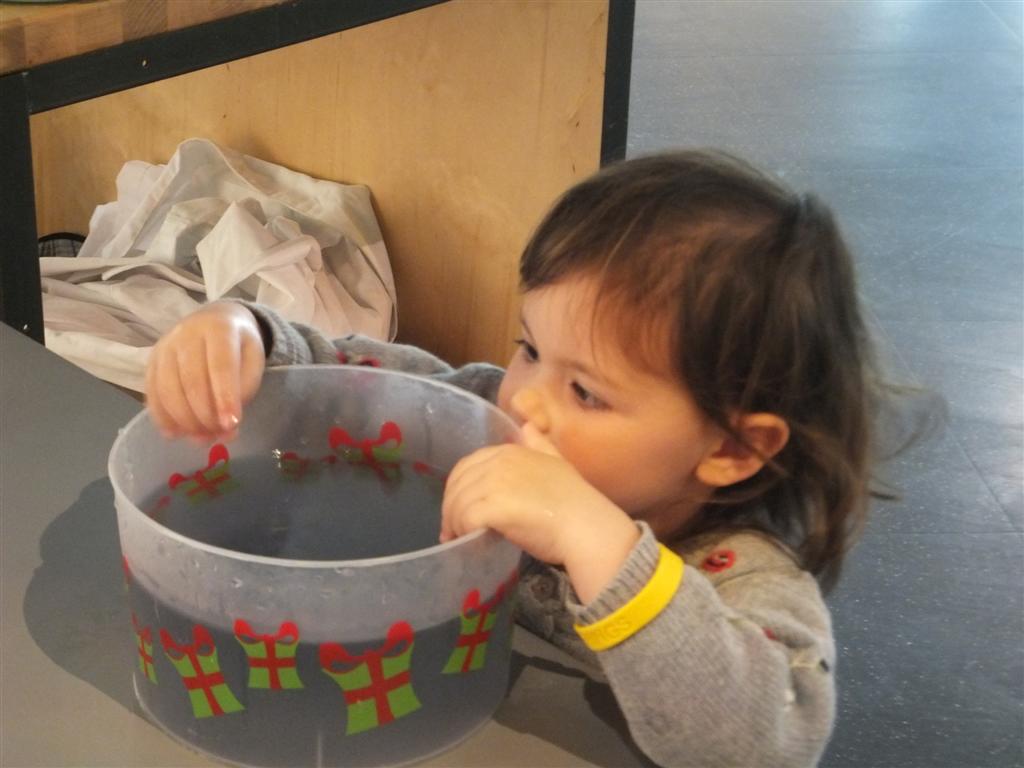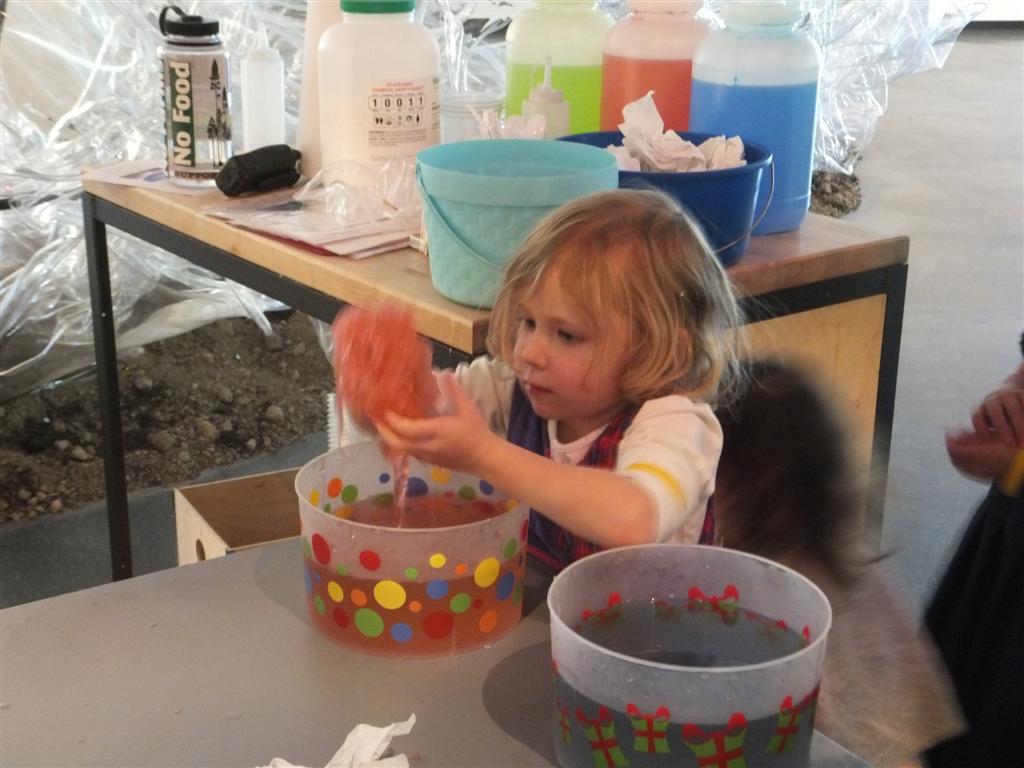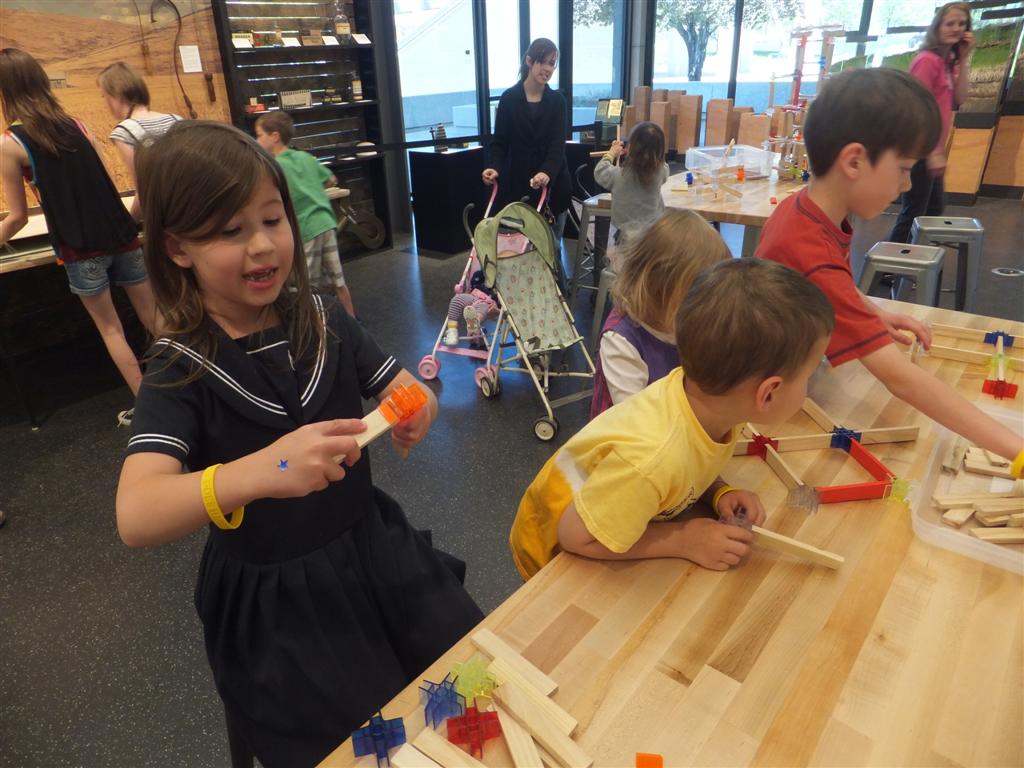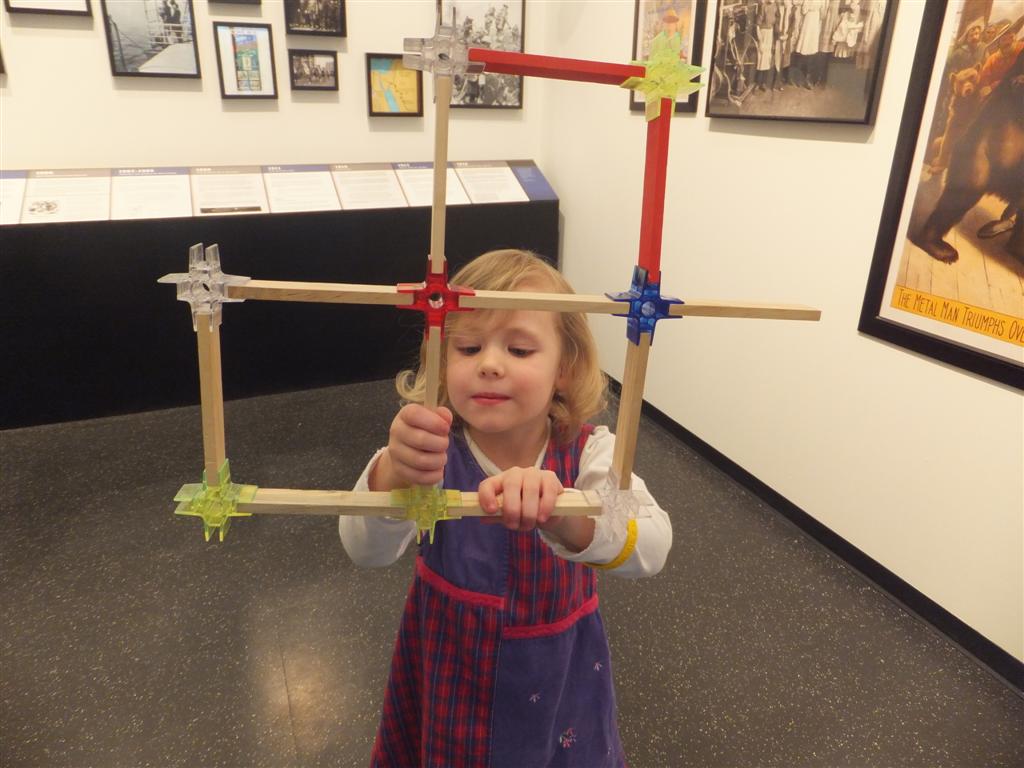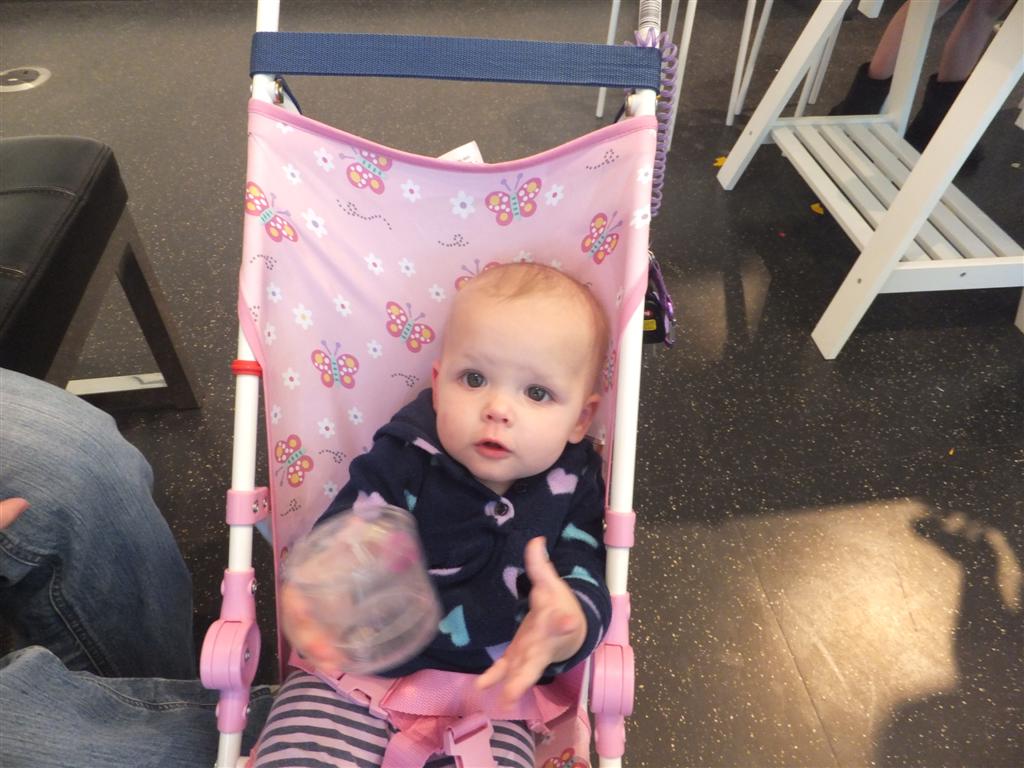It’s rather funny, when I think about it. As long as I can remember, I have loved technology. When I first saw a computer, and found out that you could tell it to do things, and have it do them, (this is called computer programming, or coding, or developing), I thought it was the coolest thing. I can actually make this little device do whatever I tell it, as long as I know the commands. And it was so easy to draw lines, display text, ask questions, and perform simple math on the answers. Wow.
The first computer I had access to was my grandmother’s: a Tandy/Radio Shack TRS-80 Color Computer. It plugged directly into the television and took cartridges and could also store things on a cassette tape drive. I started programming in BASIC on it, saving my simple programs to the tape drive, since there was no built in storage.
Growing up, I got more exposure and experience with computers at school. In 4th Grade, we had access to a Commodore PET computer, and later, had Apple IIe computers in the classroom. I am still impressed with how well those computers did in schools, as we had them from 5th grade, all the way through high school. In 7th and 8th grade summer school, I took typing and computer classes for fun, and the 8th grade teacher was so impressed with how well I grasped computers, she suggested I look into programming in a language called C. I had never heard of it before, and sadly there were no resources in High School that taught it; the only option we had was a computer class, learning BASIC. By 12th grade, I already had a good understanding of the language on both Apple computers, and the old DOS-running IBM-clone 8088 computer my grandmother bought a few years previously. I loved programming little games on them (usually role-playing text games, that I would get a few hundred lines into the story of, before moving on to the next. graphic games were complicated back then.)
Once I got into college, I looked into what computer classes they had available. A whole world of Computer Science classes, teaching Fortran, Cobol, Ada, C, and Assembly were available. Strangely, I couldn’t find any BASIC classes in the course catalogue. As C was listed as a more advanced language, the guidance counselor recommended that I initially sign up for Ada. It wasn’t bad, really. My first introduction to a high-level, structured programming language, that didn’t use line numbers to specify where in the code my commands would go? I took the class and somewhat enjoyed it – it wasn’t bad, really, but wasn’t what I was hoping for. The next semester, I then signed up for my first C programming class. Finally, after 5 years, I was able to take the subject my teacher recommended. It was so different from the Ada class I had previously. It just felt right. I followed it up with another C class, a C++ class, then a course in Assembly for DOS. Getting deeper and deeper into how computer programs and operating systems worked was really fascinating. These days, I don’t think there is any real interest for Assembly programming; at least, not for Windows or Mac users. Maybe Linux or other systems? But back in 1995, that was the ultimate low-level language to explain the whole programming process. It was fascinating.
*break* So, maybe I should explain why I’m waxing nostalgic in this post. Recently, the kids finished up another year of Elementary school. Jeremy finished Kindergarten, and I started off the morning at home so we could go to his graduation. We went with our camera and took plenty of digital pictures. The whole concept of digital pictures is cool, and the technology has grown so much since the first digital camera I saw, that it really can replace film cameras. After the graduation, Rebecca and the younger kids came home, and I went to work. There, she told me the digital camera’s memory card was having issues: first, it worked just fine in trying to preview the pictures on it. Then, it complained it had a problem reading them. Rebecca ejected the card and put it back in again, and it warned her that the card had not been formatted. She then put it back into the camera, and it didn’t recognise any of the pictures. She sent me a message at this point, telling me it was having problems, and I suggested she try putting it back into the computer, but if that didn’t work, to leave it out and I would have a look at it. When I got home, I tried it in my own computer and it still couldn’t be read. So, fortunately we had copied pictures off the previous day. Unfortunately, we lost all the pictures from Jeremy’s graduation. *endbreak*
I stopped going to college for a few years, when I started working and getting ready for my mission. I still kept into computers, working on a Macintosh at a print shop, and continuing on DOS/Windows 3.1 on the 486 at my grandmother’s house, where I had a few games I enjoyed, and also was active on BBS’s (before the internet). On my mission, I got a little rusty, rarely having access to a computer, but when I came back, I dived right back into the print shop job and worked more on a Macintosh, along with buying a PC to run Windows (first 98, then ME, 2000, and XP). I got to see the changes in operating systems, and how Microsoft turned around an initially hated OS (XP) into the most beloved ever. I also applied back at college, where I was able to take more classes, including Computer Information Systems courses involving new languages (Visual Basic, HTML and ASP Web design, and Java). I even learned about a new technology from Microsoft, called “Active Directory.”
Is it just me, or does this almost feel like a resume? I’m sure there is a point somewhere in all this rambling.
The point.. well, here I am, 10 years after graduating college with a degree in Computer Science. The industry keeps changing, with new technology coming out all the time. We moved to Utah and after a brief experience in a customer service job, I was able to get into a technical support position, helping people with networking issues. Then, I moved to my dual employment positions, dealing more with software support and web hosting support. Every change was a new experience, and I was always glad to be exposed to new technology, like network hardware and communication, Windows Servers, Linux systems, different website languages, database coding, computer virtualization, and now mobile devices like smartphones and tablets. All along, I always enjoy the new experiences and challenges.
However, it’s things like how unstable and delicate technology is, that really frustrate me. When my dad died in 2003, the 12GB hard drive in the computer I had built for him crashed a few weeks later, losing all the data he had been compiling before his death. It contained letters and notes, emails and files listing a lot of the things he had collected, and who knows what more. It emphasized the importance of making backups of current data, even if I still don’t do it regularly.
Before my mission, I had backed up all the programs I used on the old 486, onto multiple 100MB ZIP disks. When I got off my mission, I could not find the program I used (it was from Win 3.1, and now I had Win 98), and was unable to restore any of the programs. So, tons of old-school PC games, documents and files, programs, and so forth were unable to be accessed.
Years after we upgraded from the old 8088 system, we actually found the old system with its 20MB hard drive in it. I remembered having all kinds of files (high school reports, etc) on that hard drive, and would love to have retrieved them. However, it was old technology, and the interface port on the hard drive would not match anything I currently had. The interface board the drive plugged into wouldn’t even match any ports on my current computer, either. Then comes the fun of wondering how to get all the old documents off the 5 1/4″ disks, which I never found a working drive for, either. So, more data lost and nothing was broken.
I think what it comes down to is the importance of backing up your data. I used to have a network-attached drive that all my computers had access to, that I convinced Rebecca to copy all our home videos onto. Then, it stopped working. I was able to salvage a few of the files before it ultimately died.
The most recent issue was a 1TB hard drive plugged into my laptop. The lappy’s battery was getting low so I turned to plug it in. It was plugged in to my 1TB drive, and it decided to take a dive off the couch where I was sitting, pulling the hard drive to doom with it. That had a lot of unreplaceable content as well, including old home videos of my dad, pictures, music files, and so on. And I still kick myself because it was my own fault. Especially when I was going over the files on it, to see which ones needed to be backed up.
So, long story short? Back up your data. As for me, I’m going to buy another drive. And maybe some backup software. Because dealing with continual loss sucks. And that’s why I hate technology.

